Determining the target audience and their behavior is one of the most important stages in creating a product, developing an application or website. The thorough analysis allows you to make smarter decisions and create a product that truly meets users’ needs and covers their pain.
Product designers have developed several techniques for audience assessment and user portrait definition. One of the most popular is the persona method. It is used during the product research phase, even before the actual design and development of the interface begin.
The persona method is a simple and powerful UX research tool, but it isn’t easy. Let’s figure out what they are, why personas work, create them, and effectively put them into practice.
What does the term “person” mean in UX research?
Contents
A persona, aka a character, is a generalized but realistic description of a typical or target user of a product; that is, an archetype, not a real living person. Characters should be described as real people, but they should not document every aspect of an imaginary person’s life. In other words, this is the characteristic of the most likely site visitor.
What is the unique method?
The unique method is a qualitative research method. Its goal is to create multiple characters with the characteristics of potential product users. Simply put, each character is a collective image of one group of your target audience.
Why do a user portrait?
Creating a user image will help you get to know your audience better. You will be able to more accurately identify their key problems, needs, goals, and pain points. Ultimately, this will lead to a better user experience, making the product more valuable and attractive to the target audience.
You can make smarter, more informed decisions about your product based on your user profile. For example, which features might be useful to users, which logos they will respond to better, or which text they understand better.
Examples of people
Essentially, personas are “sketches” of real people. For a company in the print industry (say, a bookstore), you can model the following characters:
- Roman, 42 years old, teaches literature at St. Petersburg State University and uses the Internet only to check to receive assignments from students by mail and fill out electronic forms. It connects exclusively to the network from a home computer via a broadband connection. I have never made purchases via the Internet, preferring to place orders by phone.
- Lena, 28 years old, business analyst, an active Internet user for the last ten years. Use everything you can go online-MacBook, iPad, or your iPhone.
Thus, potential clients of the company are completely different types of people with completely different needs.
In some cases, it can use simulated personas in this form. However, fully developed characters have a more detailed description indicating the goals for which they will go to the company’s website.
For example, Roman will visit a site because he wants to read a review of a new book by Yuval Noah Harari, and a blog on this site is run by one of the teacher’s best students.
How to create a user portrait
Before creating personas, you should at least have an idea of your target audience. It would help if you had at least minimal preliminary research in the form of surveys, focus groups, in-depth interviews, etc. It is recommended to make up to 4 people, as a larger number can lead to defocusing, which will only interfere with decision-making.
Step 1. Conduct qualitative and quantitative user research.
Start by collecting data about your users (or potential users). This can be done in various ways, using qualitative and quantitative research methods. Combining both approaches will result in a more balanced and accurate result. However, this will depend on several factors: your resources, how much time you have, and where you are with your product. It is best to start research as early as possible.
Examples of quantitative research
Online surveys: This is a fairly simple and affordable way to research users, especially if you are self-employed and don’t have the resources a larger company might have. You can use basic tools like Google Forms and share your survey on suitable social media groups. These polls can include both multiple-choice questions and open-ended questions for extended answers.
We recommend that you put the most important questions at the beginning; this will increase the likelihood of getting a complete and thoughtful answer. Ask what the user’s problem is and what they expect from the product.
Web Analytics: Analyze certain factors such as the number of visits per page, time spent on the site, the path of visitors through the site where problems arise, etc.
Examples of qualitative research methods:
User interviews: this is an opportunity to ask questions and get detailed information about the experience of using your product from real people.
Focus groups are group interviews in which a small group of participants from your target audience discusses their experience with a product.
Contextual interviews allow an opportunity to observe how someone uses your product in their environment without asking pre-planned questions or giving them specific tasks.
There are different methods, but these are usually one-on-one sessions that involve observing the user’s experience with a product (or prototype product) and identifying their problems.
Step 2. Organize your research
Structuring the received data into an understandable and clear document can be no easier than getting the data itself. However, you will likely already be beginning to feel your audience and their problems by this point.
Data analysis and visualization allow you to see patterns in user behavior from different segments and compare their characteristics. The process and form of imaging will depend on the type of examination.
Graphs are great for quantitative research. They will give you a clear idea of trends that you can incorporate into your portrait.
There are several options for qualitative research. While there are many online UX research tools and websites out there, a simple method for visualizing data is to use stickers. Transfer quotes from users to your notes and group similar or recurring insights. For example, multiple users may have flagged the same problem, product flaw, or goal. Putting them together will help you see trends and thus gauge your audience.
If you have collected many detailed answers, put them together and insert the resulting text into the word frequency counter. So you will find out what language your audience speaks and whether there is general data about hobbies, interests, demographics, etc.
Step 3. Decide on the number of characters
You already have a clear understanding of the audience and the subgroups that make it up at this stage. If there are many such subgroups, select the four most important ones, and for the rest, find overlapping characteristics and use them as an additional one. There is no unnecessary data, so you can always refer to this other group for clarification if you have difficulty making decisions.
So you have four groups. Now describe the collective user image for each of them. Make sure there is a clear distinction between the groups. You can classify them, for example, by age, technical ability, motivation to use the product, the problem the product is covering, and other characteristics.
Step 4. Describe the image.
Name and Photo: Choose a name and photo that matches the person’s nationality and location. Avoid stock photos and overly generic names.
Demographic data and statistics: age, marital status, work, residence, education, experience, etc. This data should be based on prior research, unlike the name and image.
This includes goals, pain points, behavior, and opinions. This will make it easier for you to understand users’ motives and answer the question, “Why will they use your product?”
For example, the motivation for using an app to find apartments may be to spend less time visiting apartments. The problem with the same application may be that, in real life, the apartments do not correspond to the photographs and descriptions that appear on the Internet.
This should be a short sentence that summarizes the user’s needs the most. Although this is fiction, one should justify such a statement with the research results.
Continuing with the apartment finder application example, a quote might be something like, “I want to find a new apartment quickly, and for that, I need an effective tool.”
Step 5. Render the user image.
The turn has come for the last but no less important step-to draw up a final document for each person. Use mockups from the Internet to structure your information. The purpose of such a document is to be understandable by any of the team members who work on the product designers, developers, illustrators, marketers, copywriters-they will all do their part based on this research. They should have a clear idea of who they are making the product for and how their role affects their lives.
The user image will guide the design, development, and promotion of a product. You will make decisions that will ultimately become a ready-made interface with it.
Read More: SWOT Analysis What It Is and Why Your Business Needs It





